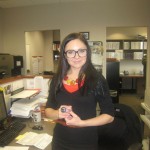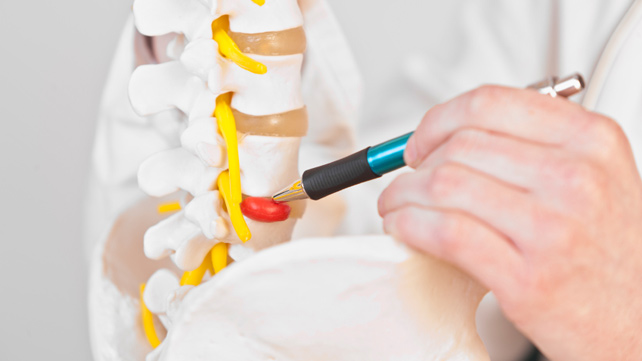The disc is a crucial part of your spine that helps cushions the bones. It performs a shock-absorbing function and prevents damage to the bones. A herniated disc is a condition that occurs when the disc extends beyond and pushes into the spinal canal. This condition can develop anywhere in the spine but commonly occurs in the lower back.
Most people can get relief from a conservative treatment like pain medications and physical therapy. But for some people, non-invasive techniques fail to help. In this case, the doctor may suggest surgery to relieve the pain and improve your sense of well-being.
Certain types of surgery can be used to treat herniated discs. Let’s take a look at 4 main types of herniated disc surgery, their effects, and possible outcomes.
1. Artificial disc surgery
Discs are the crucial part of your vertebrae. It absorbs huge compressive loads and ensures an impressive range of motion between the bones in your neck. When the disc is damaged, you can feel severe discomfort, pain, and decreased back mobility. To help you restore normal back function, the doctor can suggest artificial disc replacement surgery.
During this procedure, the spine surgeon replaces the damaged disc in your spine with a new artificial one. The main goal of artificial disc surgery include:
- Relieving nerve compression. When the disc collapses, it decreases the room for the nerve roots. This can cause pain, tingling, and weakness in your back, neck, and arms. Replacing the damaged disc gives more space for nerves and helps relieve and eliminate these symptoms.
- Maintaining a normal range of motion. Replacing the damaged disc with an artificial one can help you restore the natural biomechanics in your spine. This improves the range of motion in your spine and neck.
This treatment method usually helps relieve symptoms associated with nerve root inflammation or spinal cord compression. For this reason, disc replacement isn’t recommended for patients whose symptoms are limited to the neck.
2. Laminectomy
Laminectomy is a type of spine surgery that is performed by removing a part of your vertebrae bone. This procedure helps to relieve pressure on the nerve roots and vertebrae associated with a herniated disc. This type of treatment is usually considered after at least 3 months of conservative treatment. Over 87 percent of patients who received a laminectomy for herniated disc treatment got a significant improvement in symptoms.
This procedure is performed through a small incision on your back. The doctor removes the herniated portion of the disk and any pieces that were damaged. Depending on the degree of a herniated disc, the doctor may consider minimally invasive surgery and a special surgical microscope to perform the operation.
3. Spinal fusion
Spinal fusion is a procedure that is used to connect two vertebrae in your spine together permanently. This eliminates the motion between them. The technique of spinal fusion mimics the healing process of the broken bones. The spine surgeon places bone or material similar to bones in the space between the vertebrae and anchor with metal plates or screws. As a result, two vertebrae can heal into one solid unit.
The spinal fusion procedure helps stabilize the spine after the removal of a herniated disk. After this procedure, you’ll have to stay in the spine clinic for several days. Spine fusion is a generally safe procedure that has a high success rate.
4. Discectomy
Discectomy is when the spine surgeon removes the part of the damaged disc in your spine. This can help decompress your spine and relieve a pinched nerve. Discectomy also helps relieve pain that radiates down your arms or legs. Just like artificial disc surgery, a discectomy cannot relieve back or neck pain. But this is an effective treatment for nerve root inflammation or spinal cord compression.
The surgeon accesses the disc through an incision in your back. In some cases, the spine surgeon can use a minimally invasive technique (microdiscectomy) to remove the damaged disc. This procedure is performed through small incisions with help of a special microscope.






Comments